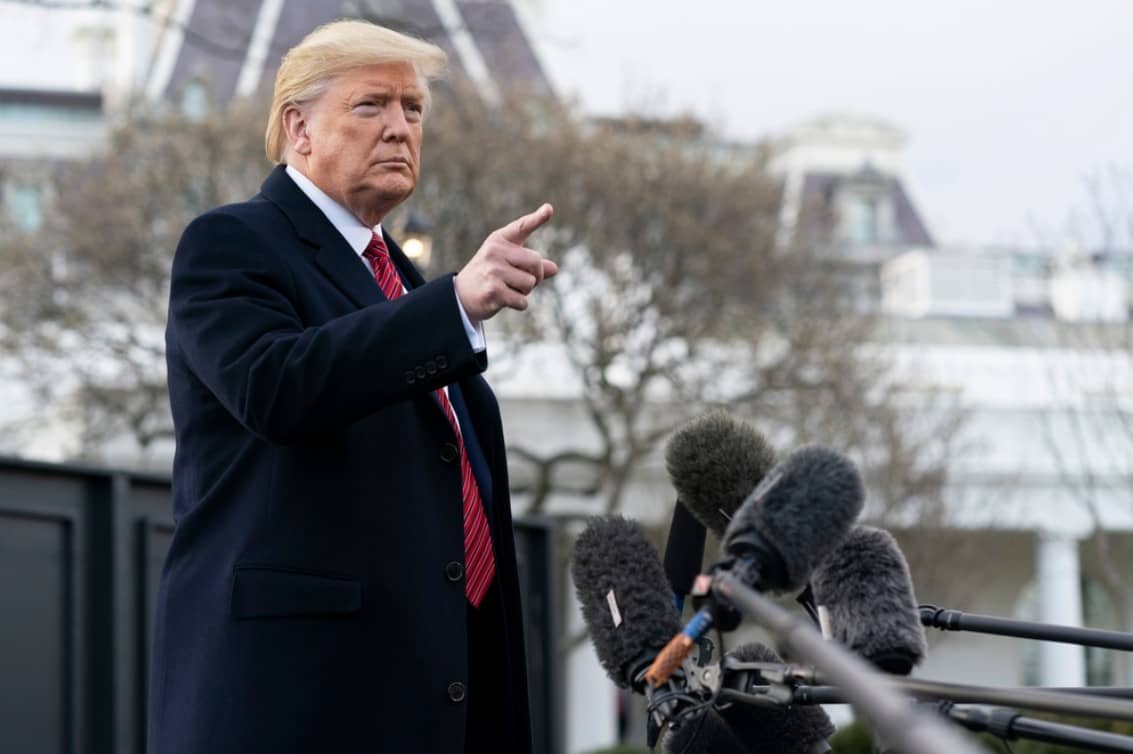Trump Signs Executive Order to Simplify Federal Procurement Rules

President Donald J. Trump signed a new executive order Monday aimed at overhauling the way the federal government buys goods and services. The directive, titled “Restoring Common Sense to Federal Procurement,” orders officials to cut down the thousands of rules in the Federal Acquisition Regulation (FAR) and make the entire system easier, faster, and more affordable for businesses to use.
The FAR is the main rulebook that tells federal agencies how to buy things — everything from paper and computers to missiles and military equipment. It’s more than 2,000 pages long and has been criticized for being too complex, outdated, and expensive to follow. President Trump’s order says the FAR “has evolved into an excessive and overcomplicated regulatory framework.”
Under the new order, only rules that are required by law or that clearly help the government buy things well and protect national interests should stay. Anything else — especially rules that are duplicative, outdated, or hard to understand — should be removed.
What the Order Directs
The order gives specific instructions to federal agencies and procurement officials:
- Simplify the FAR: Within 180 days, the Federal Acquisition Regulatory Council, agency heads, and senior procurement leaders must update the FAR. The goal is to keep only the rules that are legally required or clearly necessary.
- Align Agency Rules: Agencies must review their own added rules (called supplements) and make sure they match the new simpler FAR. Each agency has 15 days to name someone in charge of this task.
- Issue Interim Guidance: While final rules are being written, temporary instructions will be given so agencies can start using the simplified process right away.
- Sunset Unnecessary Rules: Rules that aren’t required by law may be given expiration dates. These rules would automatically expire after four years unless renewed.
- Follow Deregulation Policies: The order follows Trump’s earlier directive requiring that for every new rule, ten old ones must be removed.
The White House says these changes will lead to faster purchases, lower costs, more innovation, and better results for taxpayers.
Why This Matters
The federal government spends nearly $1 trillion each year on goods and services, making it the largest buyer in the world. But doing business with the government has long been seen as slow, complicated, and expensive.
A 2024 Senate report titled “Restoring Freedom’s Forge” and a 2019 expert panel both found that the FAR hurts rather than helps competition. The reports criticized rules that favor companies with big legal teams over small or innovative businesses. The result, they said, is wasteful spending and fewer choices for the government.
Examples of outdated or strange rules include requirements that every document be printed double-sided on recycled paper or that every contractor run anti-texting training for workers, rules that are either out-of-date or already covered by other laws.
According to the White House, trimming these types of rules will make it easier for businesses of all sizes to sell to the government and give taxpayers better value.
What’s Next
Agencies have a short timeline to act. In just 20 days, the Office of Management and Budget must issue instructions on how to carry out the order. After that, agencies are expected to propose updated rules, streamline their own systems, and stick to the new simplified structure.
Until the new rules are finalized, the government will use temporary instructions. A new website will also be launched to help businesses and the public track the changes.
Trump’s administration says this is the start of a full reset. “Good enough for government work is no longer good enough,” said one White House summary. The goal is a procurement system that values performance, cuts waste, and opens the door for more companies to compete for federal contracts.
The order was signed at the White House on April 15 and took effect immediately.












